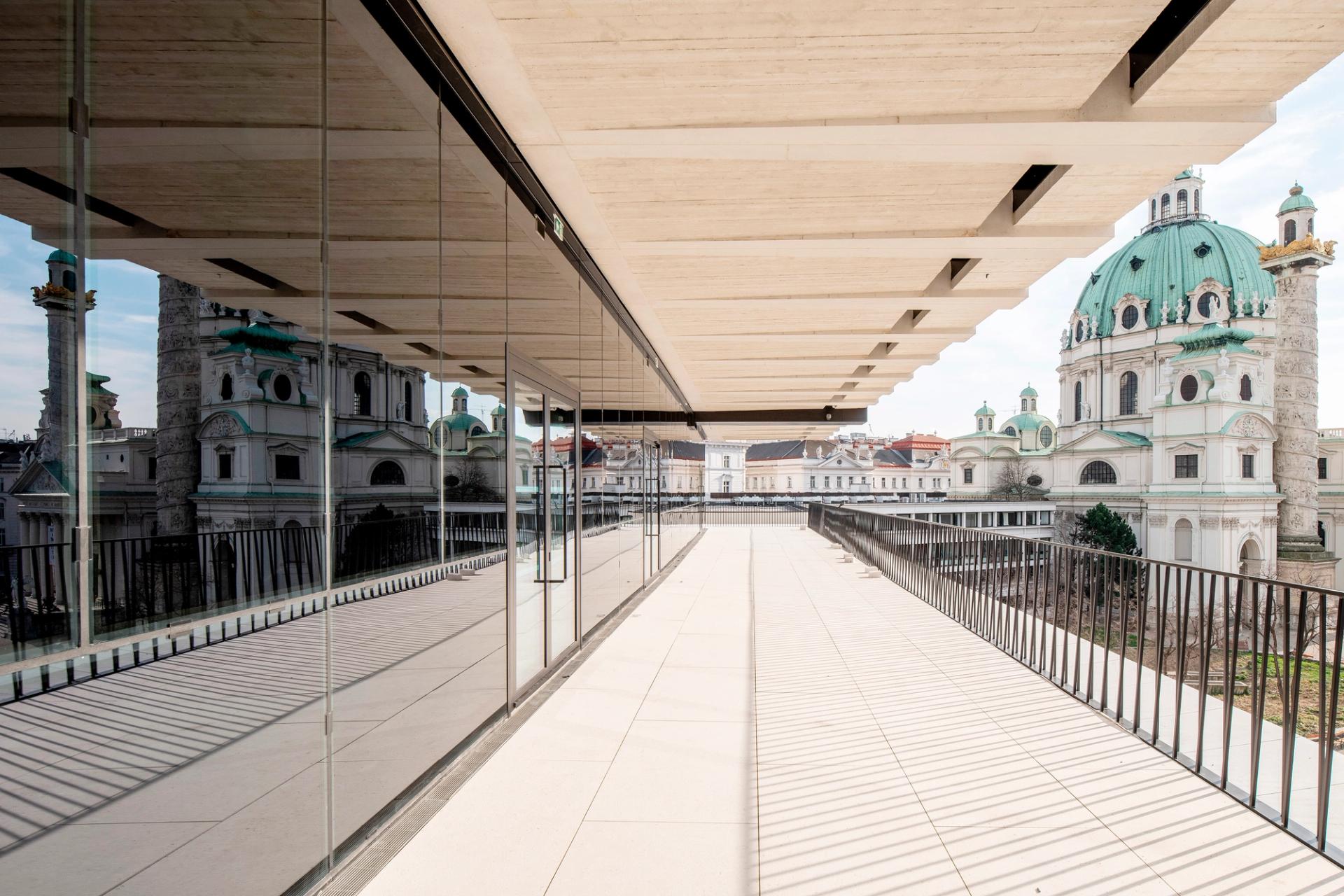Vienna is the EU’s fastest growing capital and is regularly named the world’s most liveable city. The story of its origins from the earliest settlement to the present day is told by the Wien Museum, which reopens to the public today after a €108m refurbishment. In a radical departure from Austria’s national museum strategy, entry is free.
Vienna’s decision to follow the British model of not charging is a highly political decision by the left-leaning city hall, which provides 80% of the funding for the museum. “We want Wien Museum to become a meeting place, a living room for everyone,” says its director Matti Bunzl who spent 25 years working in the US museum sector before returning to Vienna.
“It’s easy to criticise Britain post-Brexit, but their model of democratising cultural heritage is still the envy of the museum world”, Bunzl says. He raised the idea of free entry when he applied for the job of director, “the fact that Britain has successfully run this model across its national museums for over 20 years was something that I could point to and made it easy for me to make my case”.

Photo: © Kollektiv Fischka
Built in the 1950s, the original Wien Museum was a brutalist concrete structure that was overlooked by visitors and underrated by locals for many years. Both the building and the presentation of the permanent collection felt tired and old-fashioned. The multi-million-euro refurbishment, which has been ten years in the planning, has opened up the building making it much lighter and more welcoming with an atrium, outdoor terraces and landscaping that successfully links the building to the square outside. The redesign has been done by an Austrian architectural team, Certov, Winkler + Ruck. They won the anonymous architectural competition for the museum in 2015, beating big international names including Zaha Hadid Architects and Foster + Partners.
The floor area has almost doubled to 12,000 sq. m. with two extra levels that float above the existing structure, including a large viewing platform and floor reserved for temporary exhibitions. The permanent exhibition allows the visitor to walk through the history of Vienna from the Bronze Age settlements to the medieval walled city, from Vienna’s Imperial heyday as the capital of the great Hapsburg Empire to the World Wars and finally from the fall of the Iron curtain to the present.
The Nazi era is covered in some detail under the heading "Laboratory of Cruelty".
In the museum’s previous incarnation, there was no mention of it, the permanent exhibition stopped before the war. The new display is a big deal for Austria, which for decades tried to airbrush its role in Nazi history concocting a myth that it was Hitler's first victim.
Now on display is a large photographic print showing the citizens of Vienna joyfully welcoming the Nazis into their city in March 1938. Austria’s public reckoning with its wartime past only began in the 1990s. Until then there was almost no mention anywhere in the city of the former Jewish community, which made up 10% of the pre-war population and were central to Vienna’s cultural, intellectual, and commercial life. Rachel Whiteread's Holocaust memorial was only unveiled in 2000.
Vienna’s transition in the 21st century to being the world’s most liveable city is due in part to the high quality of the arts and culture and its willingness to confront the past. Remembering the horrors of what happened from the mid-1930s to 1945 is particularly important now with Austria’s far-right on the rise and predicted to become the largest party in next year’s general election.


